Deep Divers: A Gallery of Dolphins
Delightful Dolphins
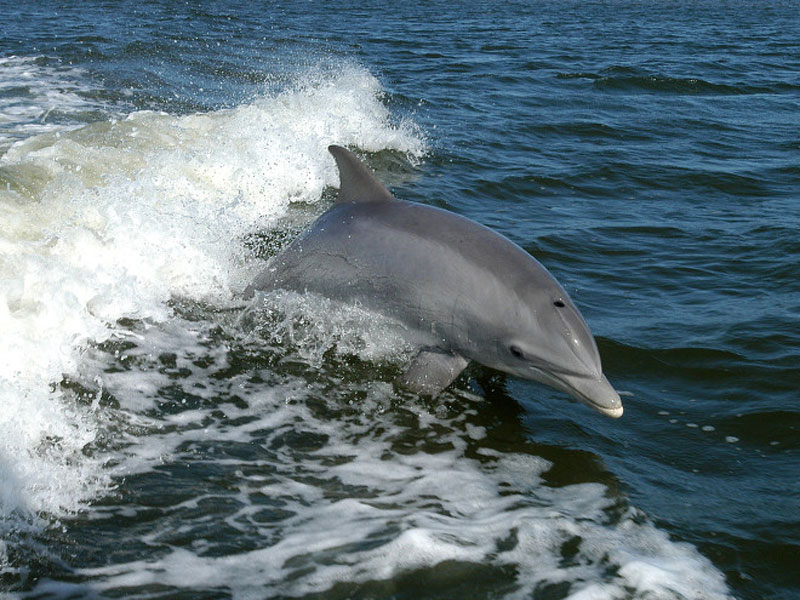
Dolphins are warm-blooded marine mammals that breathe air through a blowhole, or nostril, that is located at the top of their heads. The nearly 40 species of dolphins vary in size and appearance, with some characterized by their blunt, rounded heads, while others, such as bottlenose dolphins, having elongated jaws that form a beak. The above bottlenose dolphin was caught on film as it swam after a research boat in Florida's Banana River, near the Kennedy Space Center.
Commerson's Dolphin
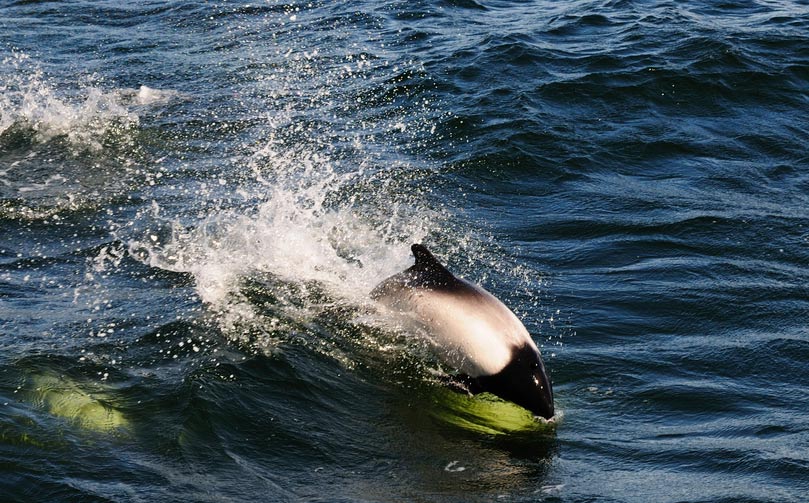
Commerson's dolphins (Cephalorhynchus commersonii) are easily identified by the distinctive black and white patterns on their bodies. Because of their appearance, they are also known as skunk dolphins, piebald dolphins and panda dolphins. Commerson's dolphins are found in several inlets in Argentina and near the Kerguelen Islands. [View: World's Cutest Sea Creatures]
Atlantic Spotted Dolphin
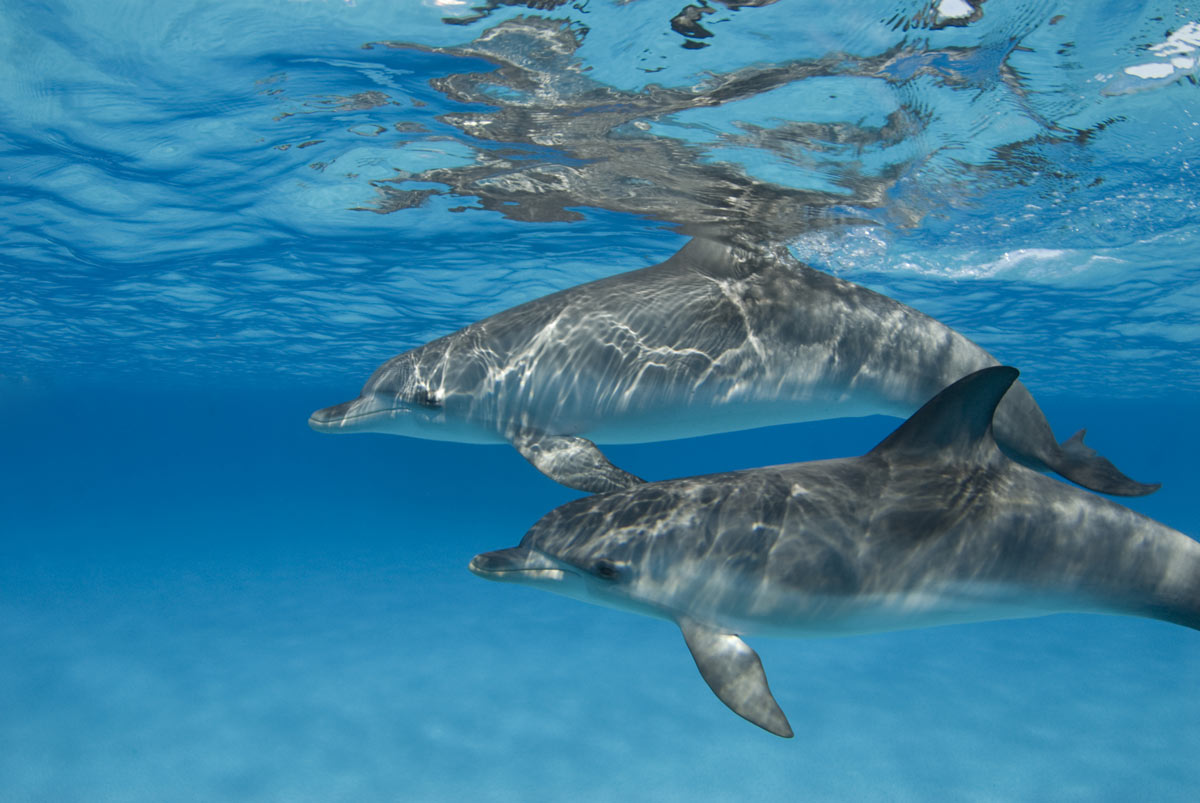
The sun casts ripples from the surface onto a pair of Atlantic spotted dolphin (Stenella frontalis) in crystal clear Bahamian waters. These dolphins are found in the Gulf Stream of the North Atlantic Ocean. True to their names, the dolphins are a dark gray color and have white spots on their flanks.
Friendly Flipper
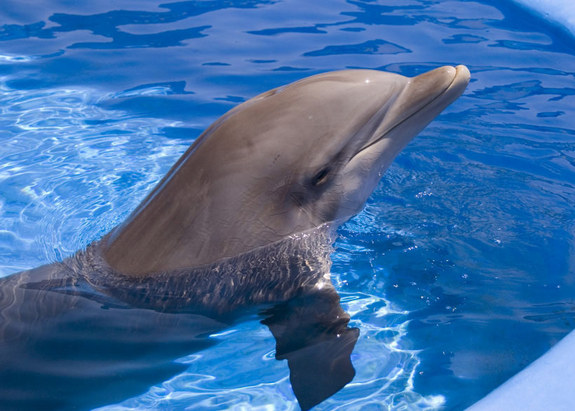
The bottlenose dolphin (Tursiops truncates) is one of the most well-known dolphins, and is often referred to as "Flipper" because of the TV series. Bottlenose dolphins have a worldwide distribution through tropical and temperate waters and can frequently be spotted along the shores of the United States.
Guiana with Fish
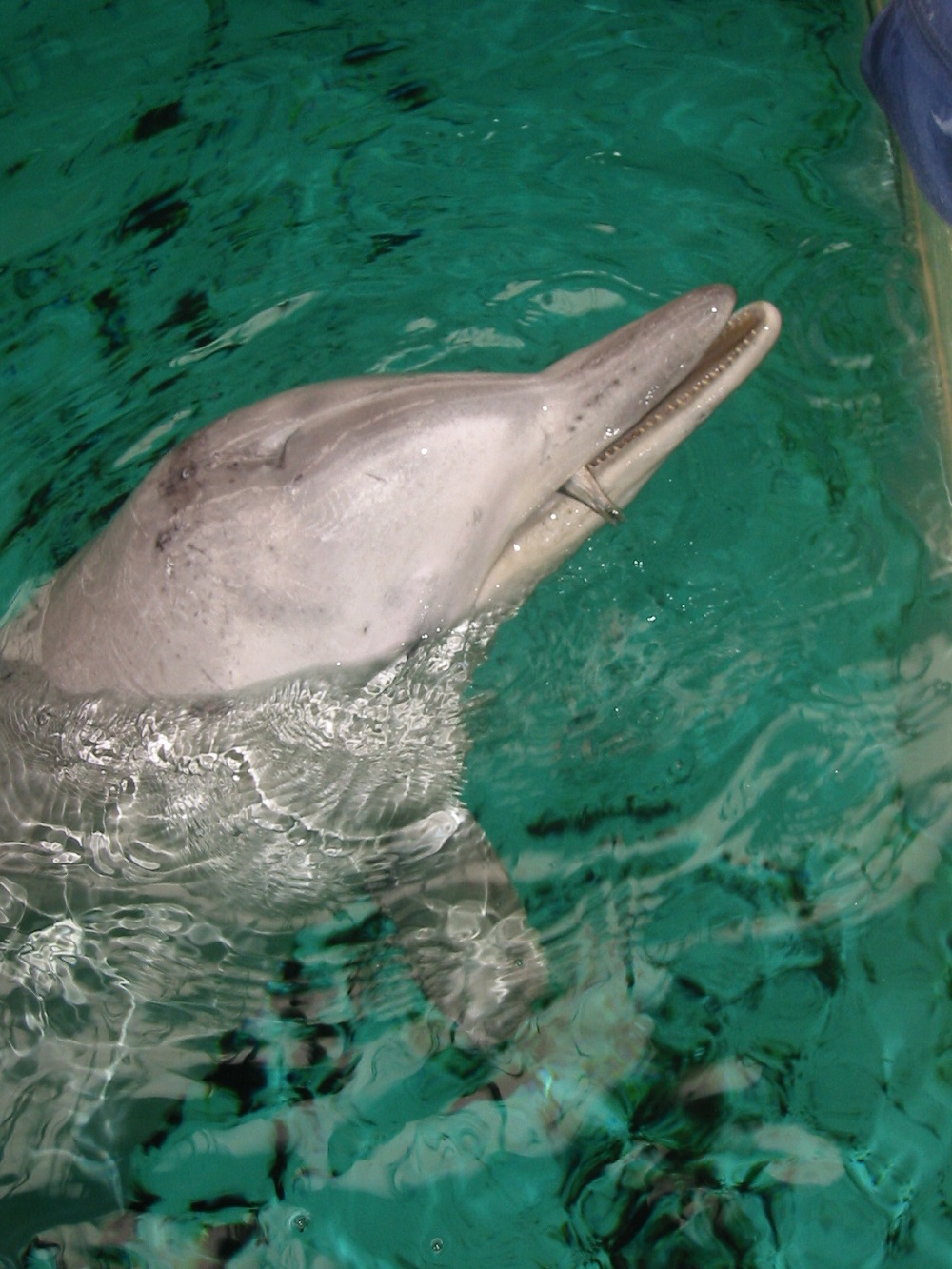
The Guianadolphin (Sotalia guianensis) lives in the waters off eastern South and Central America and the Caribbean. It looks like a smaller bottlenose dolphin, with a steel blue to chocolate brown body with a white or pale pink belly. The above Guiana dolphin gets a treat for participating in a research project.
Aquatic Tricks
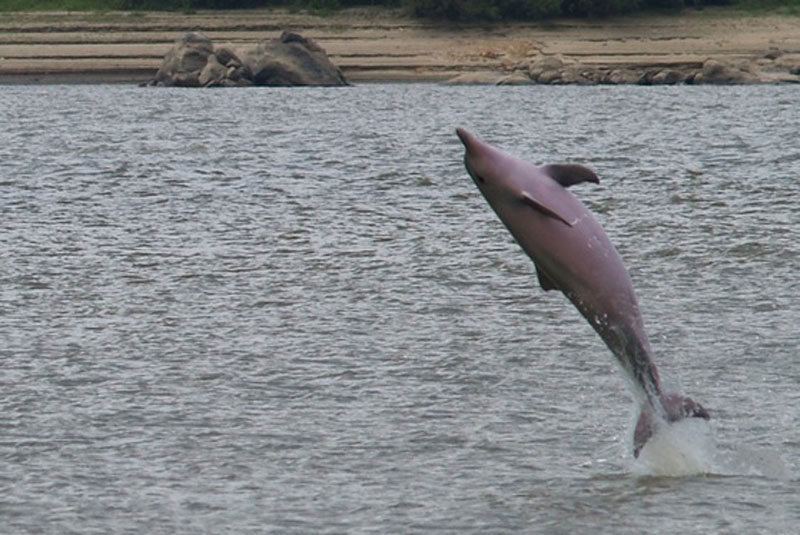
Researchers have recently discovered that common Guiana dolphins possess the ability to sense electric fields, making them the first placental mammals known to pull off this trick. Researchers believe that the dolphins most likely use this sixth sense to find prey in the murky coastal waters they inhabits. This Guiana dolphinis leaping out of the water.
Spinner Dolphins
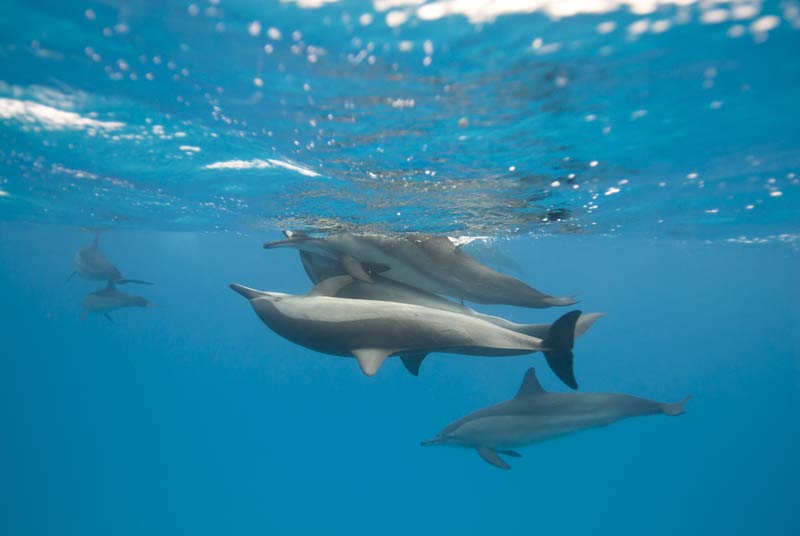
Spinner dolphins (Stenella longirostris) are found in off-shore tropical waters around the world. As fun-loving as they are intelligent, dolphins enjoy playing games and performing acrobatic stunts. Above are mating spinner dolphins in Sataya, Southern Red Sea, Egypt.
Sign up for the Live Science daily newsletter now
Get the world’s most fascinating discoveries delivered straight to your inbox.
Striped Dolphin
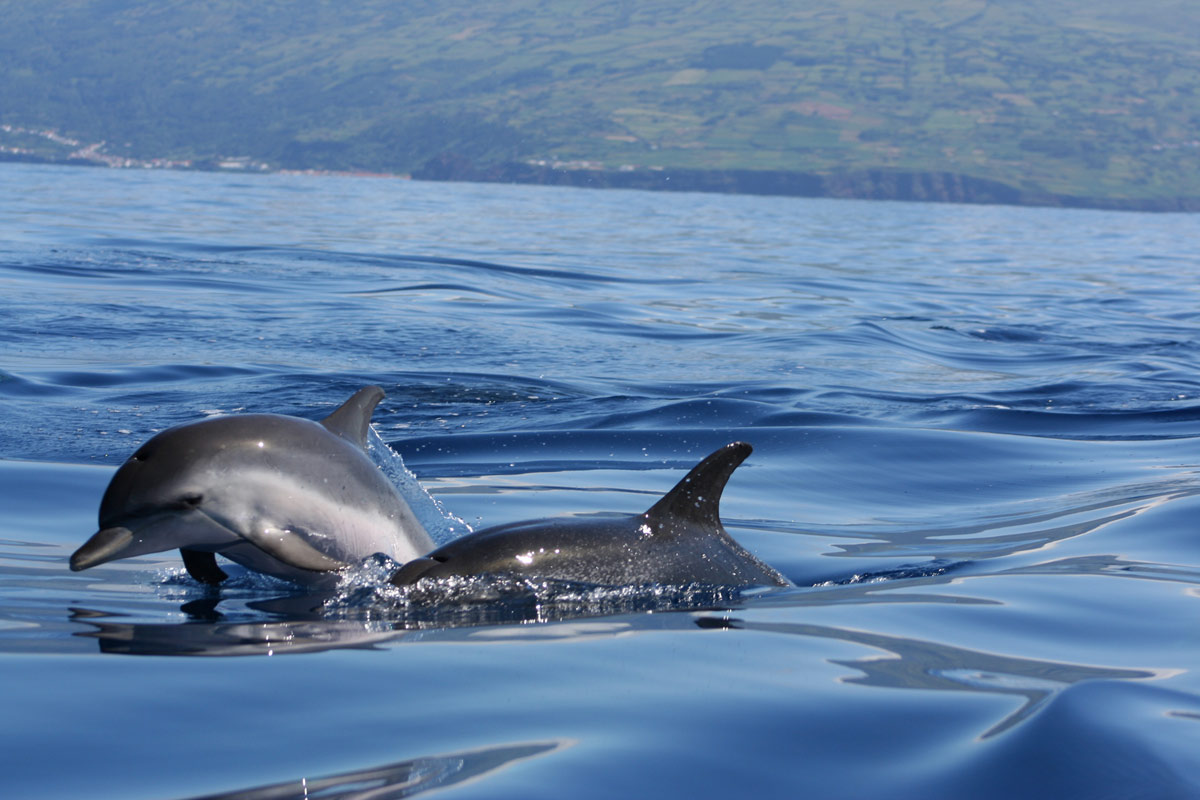
Striped dolphins (Stenella coeruleoalba) are named for the characteristic blue and white stripes running along their flanks. They are among some of the most widespread and abundant dolphins in the world.
Albino Dolphin
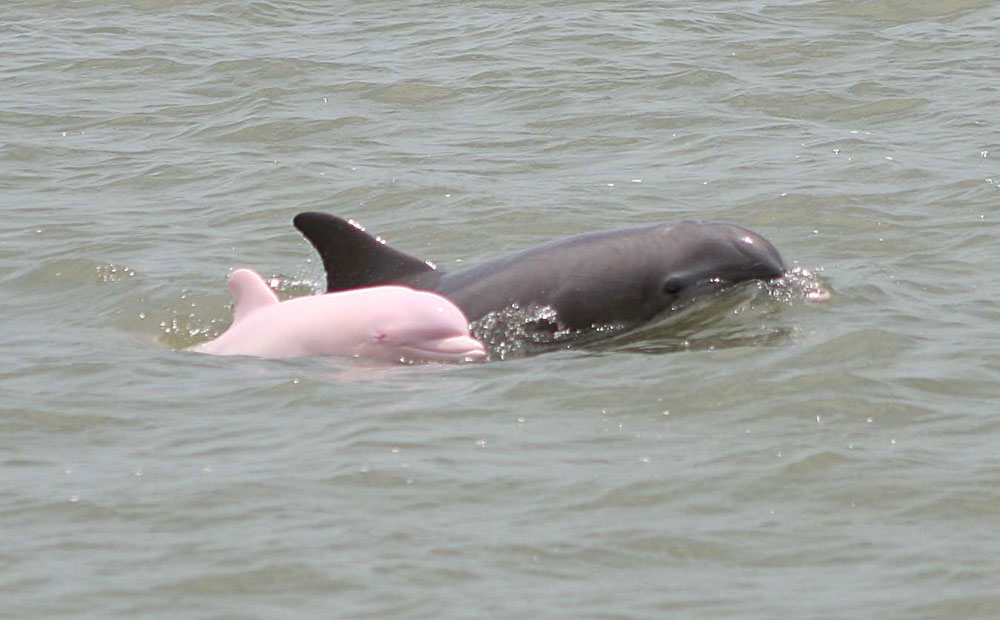
This young albino bottlenose dolphin was observed in June 2007 in Calcasieu Lake, La., which is located just east of the Texas-Louisiana border. The calf was swimming with its mother, who is not albino. Albinism is a recessive gene, so two non-albino parents that are both carriers of the albino gene have a 25-percent chance of having an albino baby.
Pacific White-Sided Dolphin
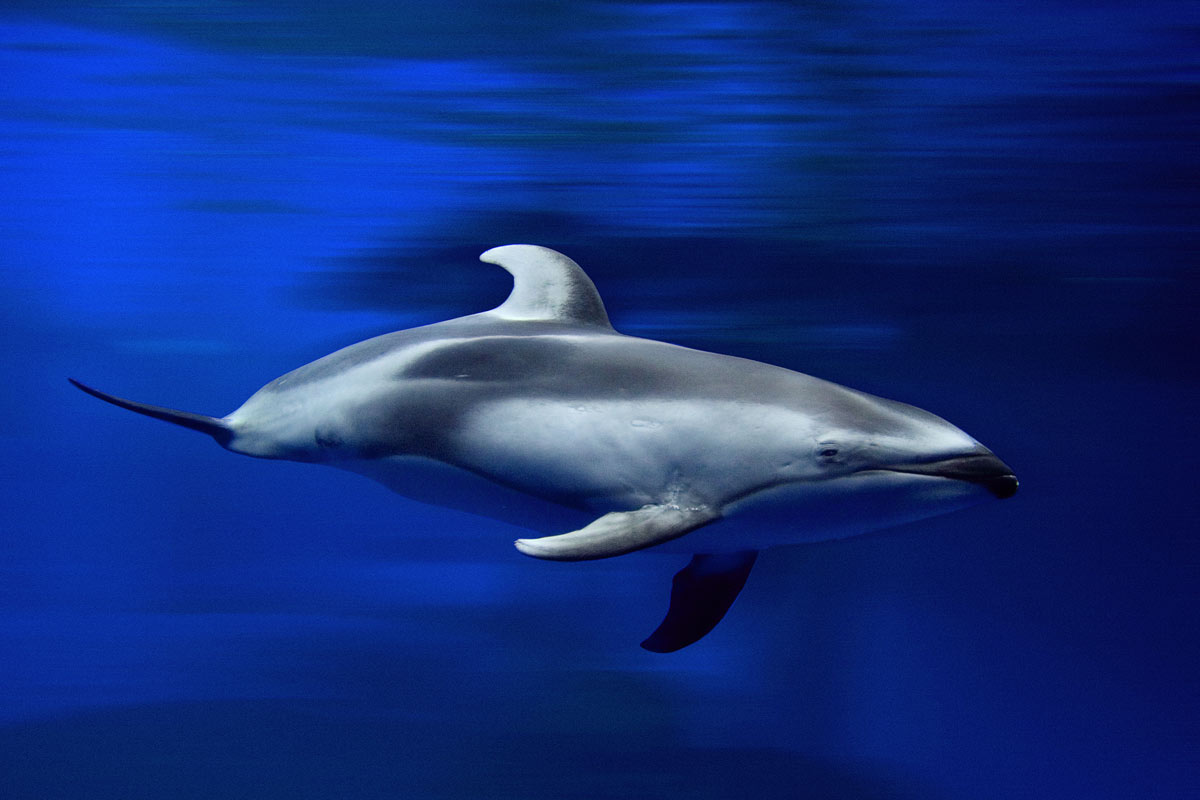
Found in the cool to temperate waters of the North Pacific Ocean, the Pacific white-sided Dolphin (Lagenorhynchus obliquidens) is extremely active and a fast swimmer that loves to perform acrobatic moves such as turning somersaults in the air. It has a distinctive white, dark gray and light gray pattern on its body, with a two-toned dorsal fin that becomes a lighter gray shade toward the back.
Dusky Dolphin
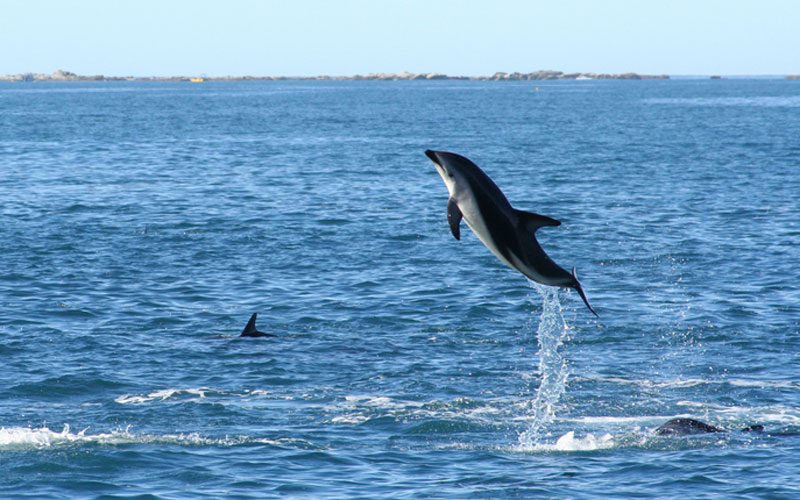
The dusky dolphin (Lagenorhynchus obscurus) is very closely genetically related to the Pacific white-sided dolphin, but the two have been identified as separate species. It is also has a two-tone dorsal fin, is highly active and enjoys performing acrobatics, including leaping out of the water and belly-flopping.









